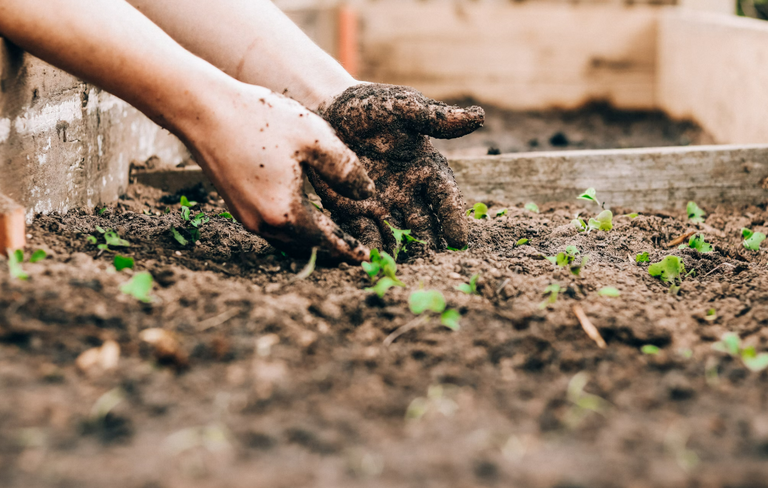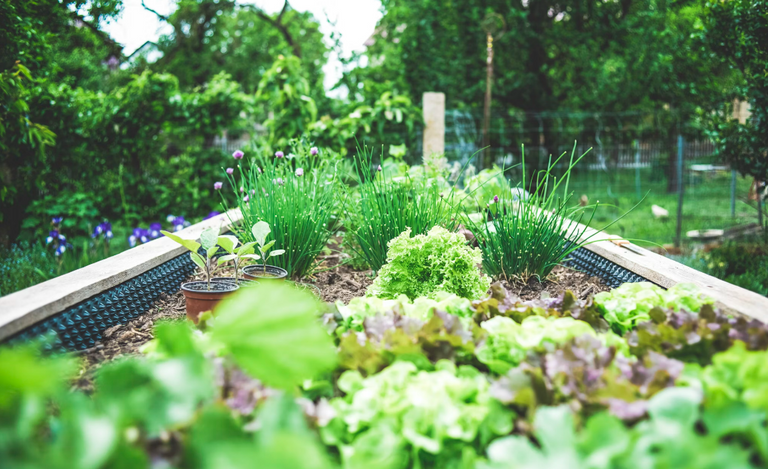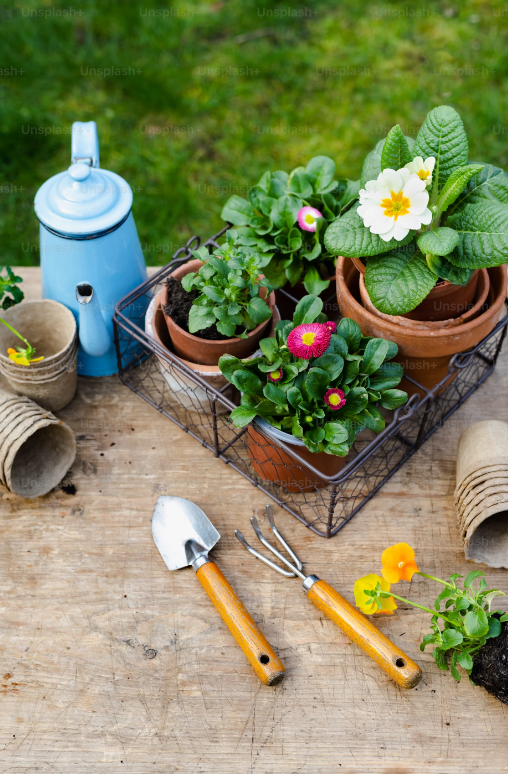Perfect for beginners who want fresh herbs for cooking, tea, or just to enjoy some greenery indoors or outdoors.
Why Start an Herb Garden?
Growing your own herbs is rewarding, budget-friendly, and adds fresh flavors to your meals. It’s also a great way to reduce waste, as you’ll pick only what you need. Whether you have a small balcony, a sunny windowsill, or a backyard, herbs can thrive in almost any space!
Step 1: Choose Your Herbs
Select herbs based on your cooking preferences and growing conditions. Some easy-to-grow options include:
- Basil – Great for pesto, salads, and pasta dishes.
- Mint – Perfect for tea, cocktails, and desserts.
- Thyme – A versatile herb for meats, soups, and roasted veggies.
- Parsley – Ideal for garnishing and cooking.
- Cilantro – Essential for salsas, curries, and Mexican dishes.
- Rosemary – Aromatic and perfect for grilling and baking.
Step 2: Decide on Location
Herbs need 6–8 hours of sunlight daily. Choose a spot that meets these conditions:
- Indoors: Place pots on a sunny windowsill or near a south-facing window.
- Outdoors: Use a balcony, patio, or backyard where they can soak up sunlight.
Step 3: Gather Supplies
Here’s what you’ll need:
- Pots or Containers: Ensure they have drainage holes to prevent waterlogging.
- Potting Soil: Use nutrient-rich, well-draining soil designed for herbs.
- Seeds or Seedlings: Decide whether to grow from seeds (cheaper but slower) or seedlings (quicker results).
- Watering Can: For consistent, gentle watering.
- Fertilizer (optional): A balanced organic fertilizer can boost growth.
Step 4: Plant Your Herbs
- Prepare the Pots: Fill each container with potting soil, leaving 1–2 inches of space at the top.
- Plant Seeds/Seedlings:
- For seeds: Sprinkle them on the soil surface, cover lightly with soil, and water gently.
- For seedlings: Dig a small hole, place the seedling, and pat the soil around it.
- Spacing: If planting multiple herbs in one container, give each plant enough room to grow (4–6 inches apart).
Step 5: Care for Your Herb Garden
- Watering:
- Keep the soil consistently moist but not soggy.
- Water in the morning to allow the soil to dry during the day.
- Pruning:
- Regularly trim your herbs to encourage new growth.
- Avoid over-harvesting; never take more than 1/3 of the plant at a time.
- Fertilizing:
- Feed every 4–6 weeks with a diluted organic fertilizer.
- Pest Control:
- Check for pests like aphids or spider mites. Use natural remedies like neem oil if needed.
Step 6: Harvesting Your Herbs
- Timing: Harvest herbs early in the morning for the best flavor and aroma.
- Method: Use scissors to cut above a leaf node (the point where leaves branch out). This encourages bushier growth.
Optional Tips for Success
- Rotate Plants: Turn pots occasionally so all sides receive sunlight.
- Companion Planting: Pair herbs that grow well together (e.g., basil with parsley, rosemary with thyme).
- Winter Care: Move outdoor pots indoors or use grow lights for herbs during colder months.
Benefits of Growing Herbs
- Fresh herbs on demand.
- Saves money in the long run.
- Reduces your carbon footprint.
- Adds greenery and improves air quality in your home.
Now you’re ready to grow your own herb garden! Whether it’s for fresh basil in your pesto or a sprig of mint in your tea, you’ll enjoy the convenience and satisfaction of having homegrown herbs. Let me know if you’d like tips on specific herbs or garden setups!


